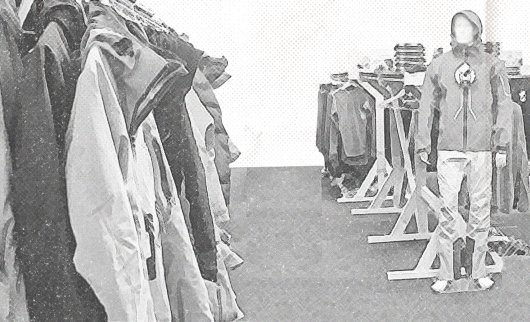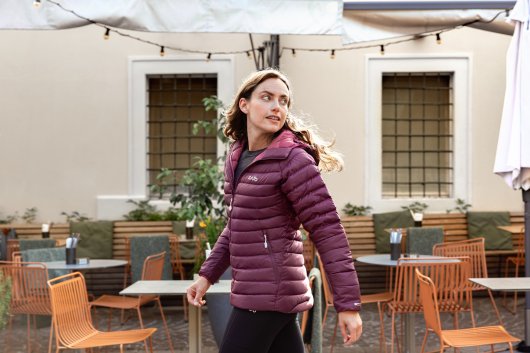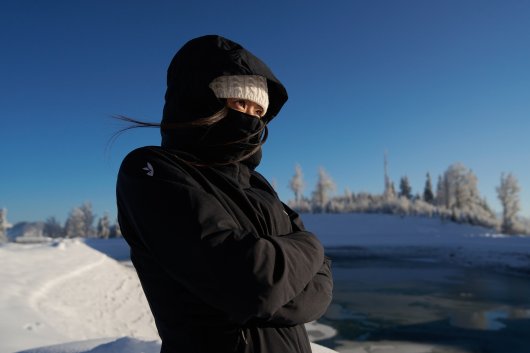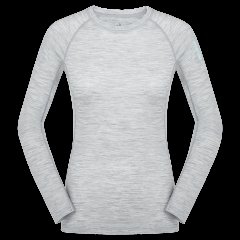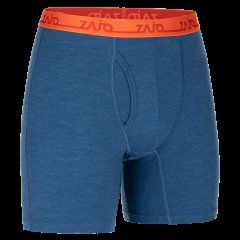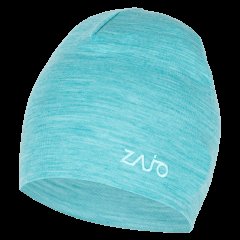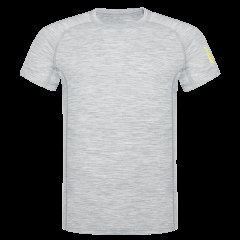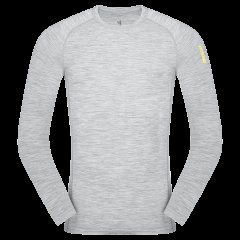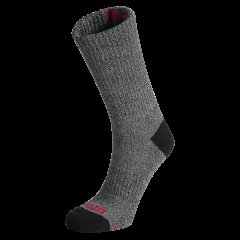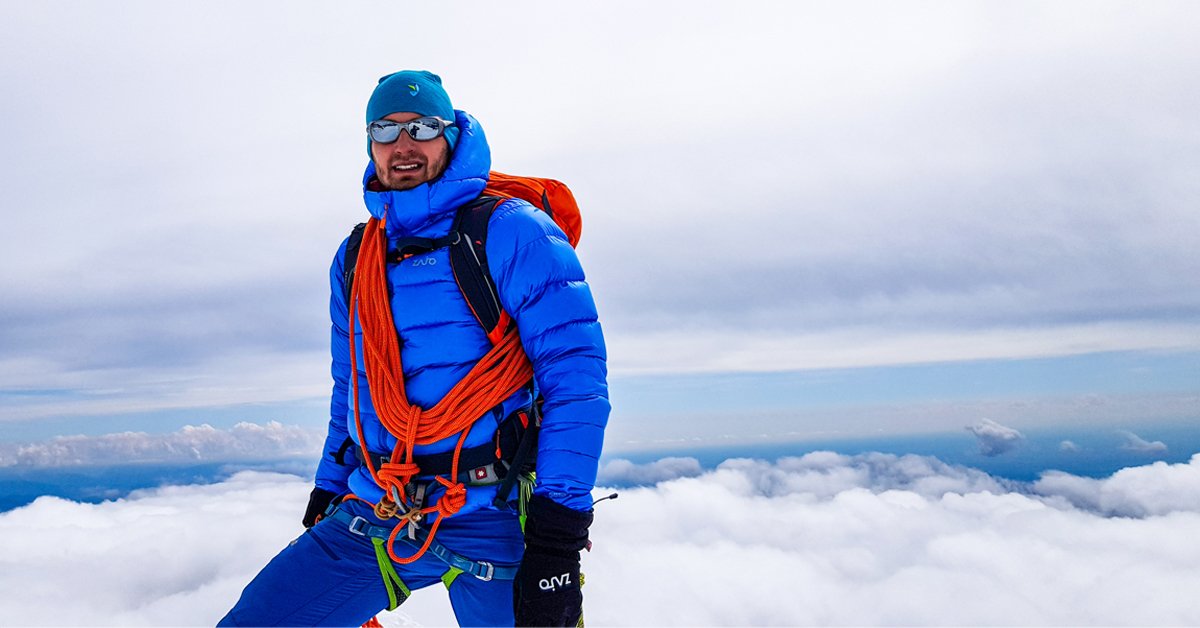Synthetics or Down?
Winter hiking has its own charm, but it also requires adequate equipment, starting with a good warm jacket. But when you start browsing, sooner or later, you get to the dilemma - down or synthetics? What keeps me warm and what would be the best choice for me?
Since the answer is not simple enough to summarise it in a single sentence, let’s discuss this issue in detail in our blog.
Down - The King of Dry Conditions
Down is the best nature-tested thermal insulator.
Down feather is the soft fluffy part on the underside of the feather, right at the quill. Sometimes it is called downy. But don’t get confused by its soft nature. Down offers the best ratio between heating value, weight, and storability.
However, because down is a natural material, it has some disadvantages that fully manifest themselves in the presence of moisture. Wet down loses its insulation properties - it starts to stick together, the air pockets disappear, and you get suddenly cold.
Since the insulation properties of down are based on the air pockets mentioned above, you might have a problem also when you weigh down your jacket (for example with a backpack). The air pockets get compressed in the weighed down places, which causes them to lose their ability to insulate heat.
When is Down a better choice?
A down jacket is unbeatable in sharp and dry frosts when it’s crucial to keep your body warm. It is best suitable for downhill skiing or other winter activities where you don’t get too sweaty. A down jacket is also great as a reserve jacket for mountain peaks, colder evenings in the camp or at the cabin.
If the down features convinced you, we offer the Moritz model down jacket for men and the Valbella model for women. Both are warm jackets filled with a combination of specially treated water-resistant and anti-bacterial DOWNTEK™ white goose down and the Primaloft synthetic padding strategically placed in places prone to moisture.

Down in the 90/10 ratio (down / feathers) and the 800 cuin fill power creates bigger air pockets that capture more of the warm air, thus providing greater thermal insulation.
The jacket is also treated with a water-resistant treatment that delays the negative effects of moisture on down.
But if you expect rain, snow, moisture or you are planning a more demanding activity where you sweat a lot, you should better check synthetic or hybrid fillings that are more resistant to water.
Synthetics - When Moisture Has No Chance
Even though down is, in general, a better choice than its synthetic equivalent due to its ratio of weight and insulation properties, there are cases where synthetics are a better choice.
The most significant advantage of synthetics is that it absorbs almost no moisture, so they keep warm practically under any circumstance. Sweat, dew or wet snow, nothing will be an obstacle for you as opposed to down. Synthetics are also very easy to maintain, and they have stronger construction, so even with the heavies of backpacks, you are not in danger of pressure eliminating their insulation properties.

But if we said A, we also have to say B. Synthetics are not as compact, packable and light as down. Furthermore, compared to a down jacket of similar weight, their insulation properties are lacking.
But we must immediately add that there are different kinds of synthetics and that compared to the usual synthetic materials used, the Primaloft material we use for our jackets is specific in its lower weight and volume combined with excellent insulation properties. It’s simply the top of its market that breathes on the back of down.
When Are Synthetics a Better Choice?
Synthetics win where you wouldn’t take your down jacket. It’s ideal for more demanding hikes, ski alpine skiing, ice climbing or put anywhere, where you plan to perform and get sweaty. If you don’t mind its larger volume and you don’t plan to go into cruel and dry frost, it will serve you practically for any purpose.
Primaloft DOWN Blend - The Best of Both Worlds
This blog should have been a match between the two most popular alternatives, but we will spoil it for you and say that we will make your selection even more complicated in the end - we introduce to you the Primaloft DOWN material. So what is it and why should you give it a chance?
We managed to say that down is light, warm and compact; on the other hand, there is the Primaloft synthetic material that imitates the advantages of down and it keeps warm even in wet conditions, where down is not enough. But what would happen if we were to combine these two materials?
This is where the Primaloft DOWN Blend gets into play. It is a combination of 40 % PrimaLoft® ultra-fine fibers and 60 % water-repellent duck down, so it offers the best of both worlds.
For whom is the Primaloft DOWN Blend?
Jackets made of the combined Primaloft DOWN material are a kind of bridge between down jackets and synthetic jackets. They keep the warmth almost as good as down, yet they insulate almost as good as synthetics. In other words, if you can’t decide, you just found an excellent compromise.

These jackets are a perfect choice for alpine hiking, and we recommend them especially to climbers and athletes, who do similar strength activities in the mountains.
Lofer and Livigno - Our Primaloft DOWN Blend Jackets
You can find our Primaloft DOWN Blend jackets in our offer under the names Lofer (men) and Livigno (women).
The inside of the jacket, as we have already explained, is made of a combination of down and Primaloft in a 60:40 ratio, but upon details examination, we find that the jacket is made of synthetics in the areas of the hood, collar, shoulders, elbows, armpits and hem of sleeves.
This construction aims to use the more resistant synthetics in more stressed places and in places more prone to getting wet. This construction extends the life of your jacket and ensures better protection, even in cases when the weather and the elements decide to make your life difficult.
Both jackets are also equipped with the Pertex wind-resistant material that ensures that the jacket keeps you warm and the water-resistant treatment will make sure to protect the down in your jacket even better.
So What Is My Number 1 Choice?
If you were hoping for the ultimate showdown of materials in this article that would result in s single winner, we are afraid it will be a little bit more complicated. Each material has its own specific features; therefore, each of the above-mentioned three alternatives is the best solution for different activities, conditions and weather.
The down jacket will be a great companion in dry and freezing conditions; in synthetics, you can fully enjoy yourself playing sports and taking the most challenging hikes.
And Primaloft DOWN Blend? A universal material that fills the gap between these two. Will you give it a chance?


